
In Dungeons and Dragons, convoluted politicking, in-game role-playing, and stabbing baddies to death can get stale for a group of players. A DM has to keep their players on their toes with something that can give a distinct feel to whatever dungeon or crypt the party is adventuring through. A fantastic way to do this is with puzzles.
Puzzles can accomplish a variety of things, they can tell a story, get players to think about the nature of an adventure, or simply be fun and entertaining. Throughout the annals of D&D, some puzzles have been continually reused due to their classic nature and versatility. These 15 puzzles are among fantastic classics that any DM can add to their dungeon.
Updated February 21st, 2021 by Theo Kogod. There has never been a better time to be a fan of Dungeons & Dragons, as there are more resources available than ever before. One such resource is the upcoming campaign book Candlekeep Mysteries, a series of seventeen short one-shot adventures all focused on solving a different mystery. Whether or not DMs decide to use this new book in their games, it is always important to remember that D&D is not just about combat encounters and social engagements. Another popular aspect of the game is solving puzzles and other mysteries, which is why it seems like a great time to expand upon this list and give DMs even more classic puzzles to use.
15 Pythagorean Cup
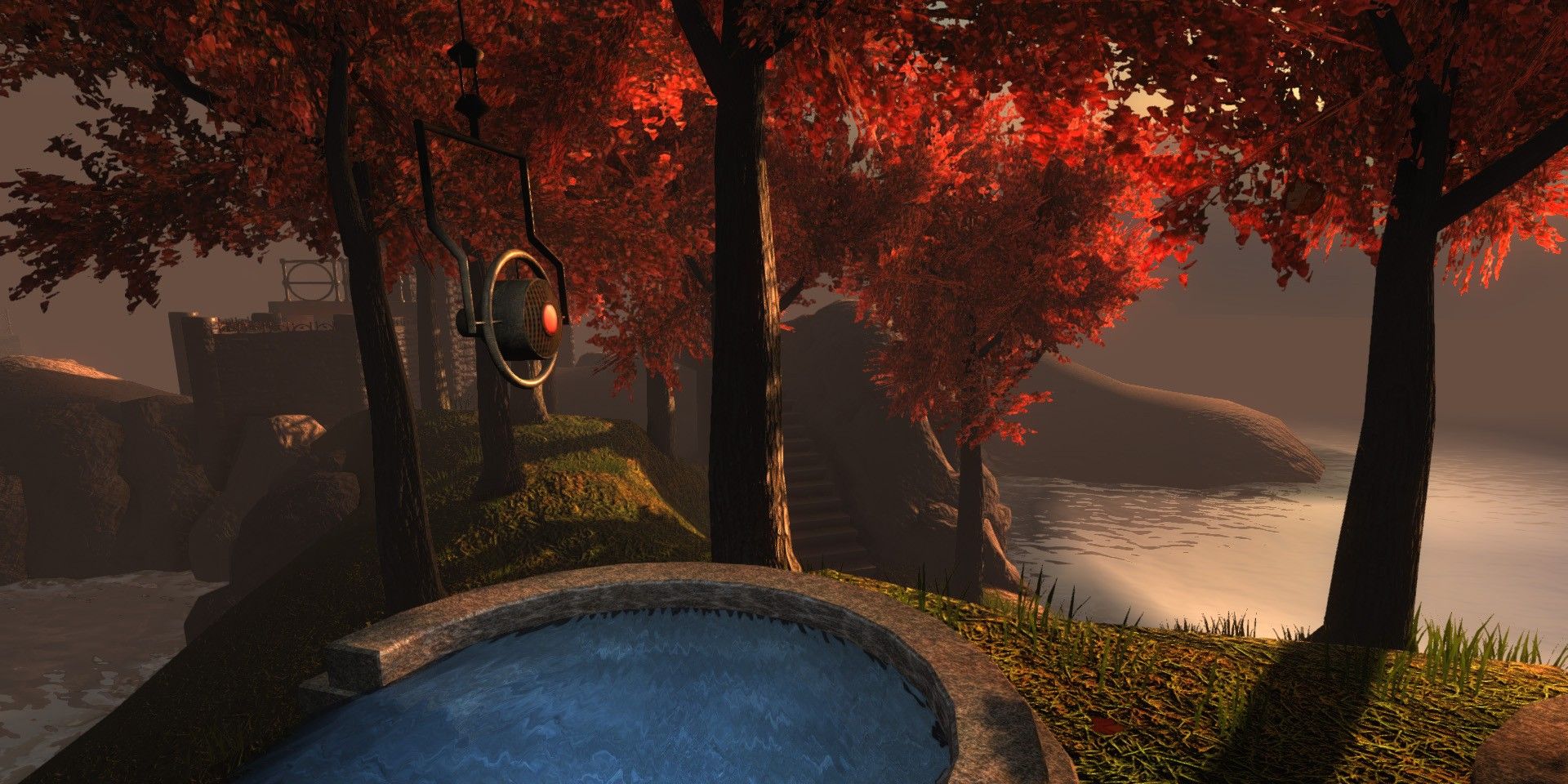
The Pythagorean Cup is a truly “classic” puzzle that can be traced back to ancient times. Also known as the Greedy Cup or the Cup of Justice, this is a drinking vessel with a small hole in it so that if the water is filled past a certain point, it all comes leaking out the bottom.
The most common way to make this work in a campaign as a puzzle is to have a room with large pool of liquid (instead of a cup). Use a dangerous liquid like boiling water, lava, or acid, and make it so players need to get something at the bottom. Players can turn a nob or crank to add more liquid to the pool. Once it is filled past a certain point, all the liquid will be siphoned out, making it possible for players to access whatever was previously submerged.
14 Out-of-Place Monster
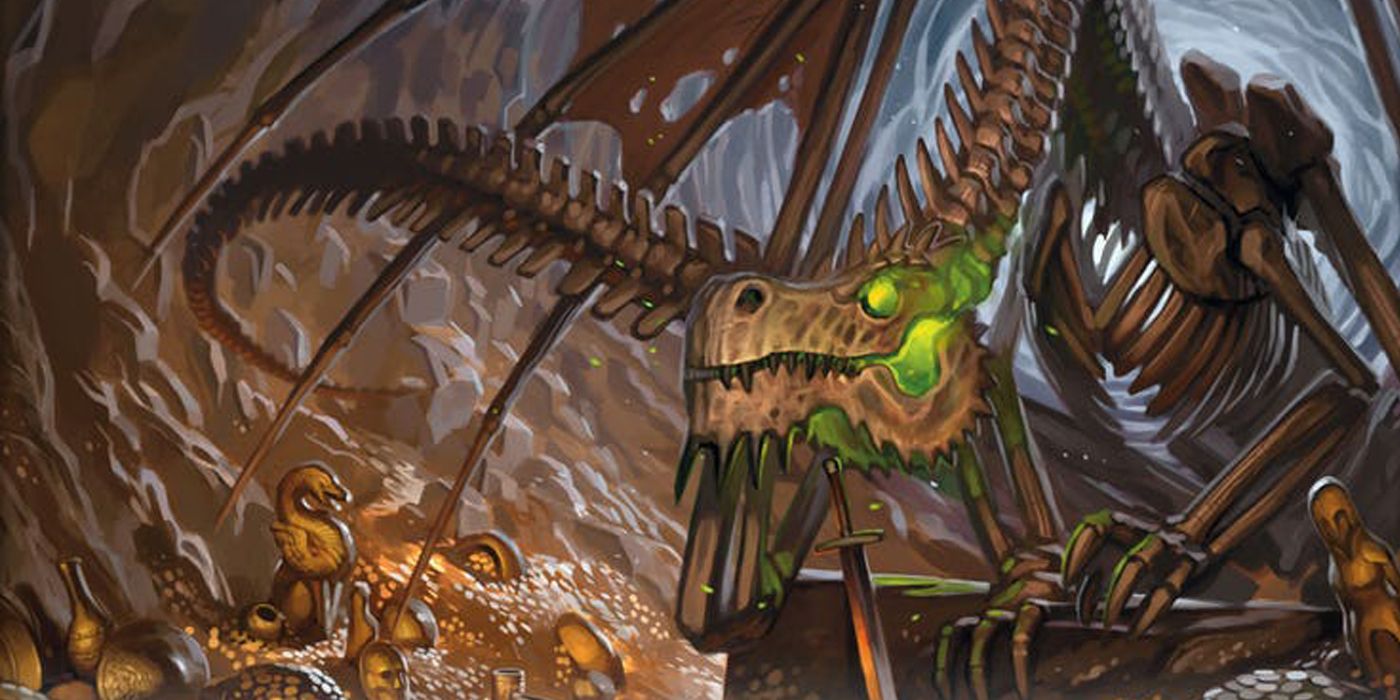
Monsters add flavor to every combat encounter. Whether fighting goblins in a twisting network of caves or battling an ancient dragon in its lair of hoarded treasure, having the right monster in a setting heightens the experience. But what about when the wrong monster appears in a given setting?
If players are on the snowy winter tundra of the far north, let them encounter a powerful devil from the Abyss. If they are traveling by boat down a roaring river, have a zombie tyrannosaurus rise from the waters to attack. Why? Because this is an adventure hook in and of itself. Maybe the barbarian tribes of the tundra made a pact with a devil to survive, or the river changed course over centuries and now flows over an ancient lich’s tomb. It is up to the DM to decide how to use this hook. When a monster is out of place, it is jarring for players, but if this leads to uncovering a greater mystery, it will be a rewarding experience.
13 Timed Puzzle

This is not so much a puzzle in and of itself, but something to combine with other puzzles. Adding a time limit to any task increases the tension. If players are trying to crack a code within a dungeon, add an hour glass whose sounds are emptying before them. When solving a murder, players must figure out the culprit before they strike again.
There are three things every DM needs to consider with this one. First, figure out how long the time should be to make the task challenging but not impossible. Second, there needs to be a reliable way for players to keep track of the passage of time. Finally, there should be very clear stakes for what happens if the players fail. How each of these is determined will have dramatically different outcomes for how players feel as they race against the clock.
12 River Crossing Puzzle
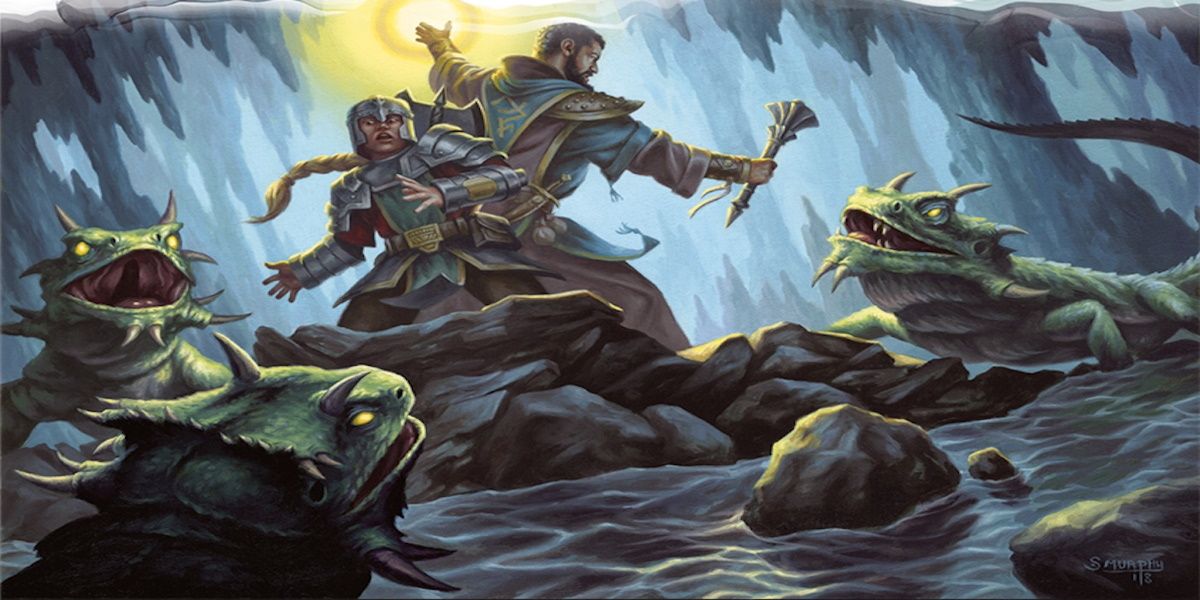
This is an old logic game that actually was first proposed in the Dark Ages. The original premise is that a farmer has to transport a bag of grain, a goose, and a fox across a river, but can only carry one at a time in their tiny boat. The farmer needs to transport the items so that the duck is never left alone with the grain (which the duck would eat) and the fox is never left alone with the duck (who the fox would eat).
There are many ways to modify these three items for a campaign (a magic item, a thief, and a vengeful paladin wronged by the thief might all need to be brought across the river to testify in a court). There are also variants of this logic puzzle known as the “Bridge and Torch Problem” and the “Missionaries and Cannibals Problem” which could make for great dungeon encounters or escort missions, especially if you replace the cannibals with a classic monster.
11 Water Pouring Puzzle
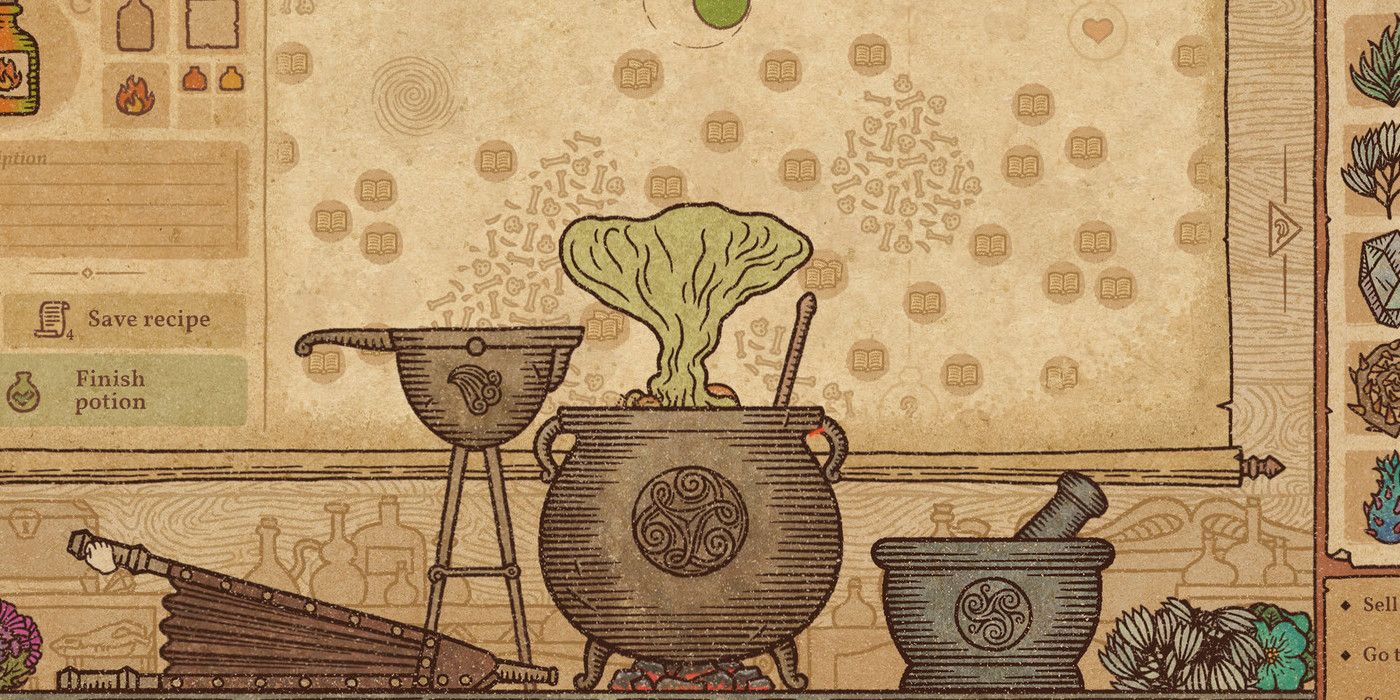
The most common version of the water pouring features the three jugs of different sizes and a finite amount of water (or some similar liquid).
Players have to figure out how much water to pour into each container to solve the puzzle. When the puzzle is solved, it can trigger whatever magical effects the DM desires from opening a hidden door to ending a powerful curse.
10 The Count Down
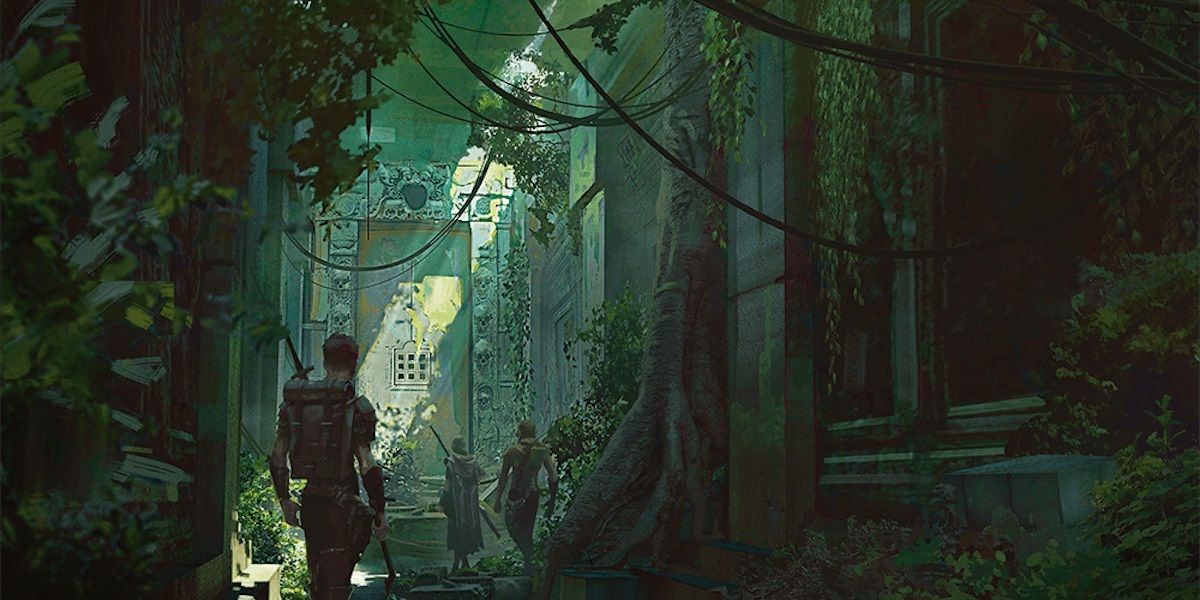
This is a hilarious and fun puzzle that's more of a practical joke than anything else. The players stand in a room, furnished with thematic objects of the DM's choice to set the scene. Symbols are spread across the head of the door in front of them, usually with between 10-30 symbols. In the center of the room, there is a pedestal with some form of switch.
The players will activate the switch and the room will begin to do something ominous as the symbols on the door begin to glow one-by-one at a rate of roughly one-per-second. These symbols act like a countdown as they reach the end of the 10-30 symbols, the door will just open. Nothing happens: it just opens. The trick is to make the players believe something will happen. They will likely discuss what to do and what the symbols mean, they may even return to town for supplies or rest. The look on their faces after they realize it was just a count down is fantastic.
9 The Mirror

This one is pretty straightforward but unique. A mirror in the room is going to reflect the true state of the room. The inside of a room looks one way, but the mirror shows it another way. There can be symbols on the walls and objects on the floor which match the symbols and must be placed in the right spot. These objects can only be viewed in the mirror and are invisible otherwise in the room.
This puzzle is malleable and the DM should really use the chance to show off their creativity with a flourish of words to paint the scene. This puzzle can be difficult or easy, depending on the reflection.
8 Plates On The Floor

The DM will take an image or riddle to describe a path the adventurers must walk along a series of trigger plates. The plates are arrayed in a 3x12 pattern or something like that. Should they fail, the person who steps on the wrong plate suffers a penalty, damage, a debuff, or whatever the DM wants. Once the adventurers walk the appropriate path based on the riddle or puzzle they clear the area.
An image of a snake on the ceiling is a good way to hint at the path. Vindictive DMs can simply use a riddle like "The fastest way between two points" and watch the players fail to walk in a straight line as the riddle suggests.
7 Weighing Your Problems
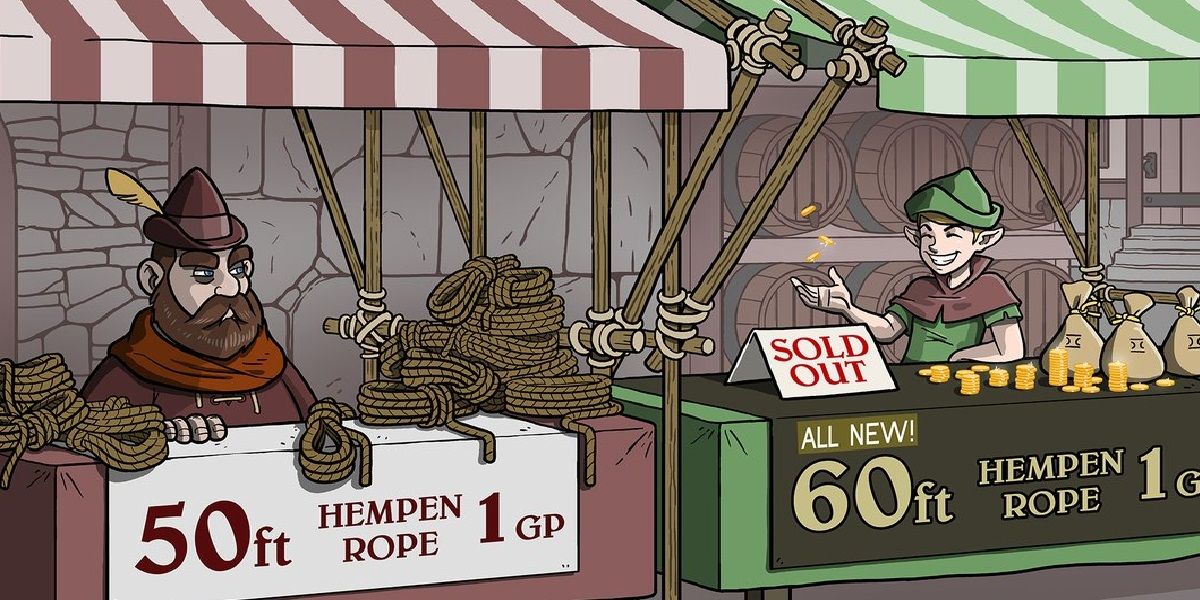
This is simple, elegant, and great way to get players to a higher floor in the dungeon, as it involves a sort of scale apparatus with a series of heavy objects like rubble or debris nearby.
The players must put the appropriate amount of weight on one end of the scale so a party member can be lifted to the next level and drop down a rope for the rest. It's not too difficult but definitely a lot of fun if the players don't have a rope and have to catapult the last member up using the device.
6 Judge and Jury

This one can have a variety of settings, but the crux of it is that players must decide who is guilty of a crime. There are numerous scenarios to make this work. A person has been murdered and the suspects include the victim's violent parent who is prone to rage and a demure servant who seems honest and pitiful. In a town, this is just the average moral dilemma. If it presented as a dilemma in a dungeon, however, it gets a new spin.
If the dungeon is aligned with some evil force, the correct answer is to proclaim the servant is guilty to pass the test. In a Neutral aligned area, players must answer that there is not enough information to convict either. In a good-aligned place, the parent must be accused. Penalty for the wrong answer is up to the DM.
5 The Truth
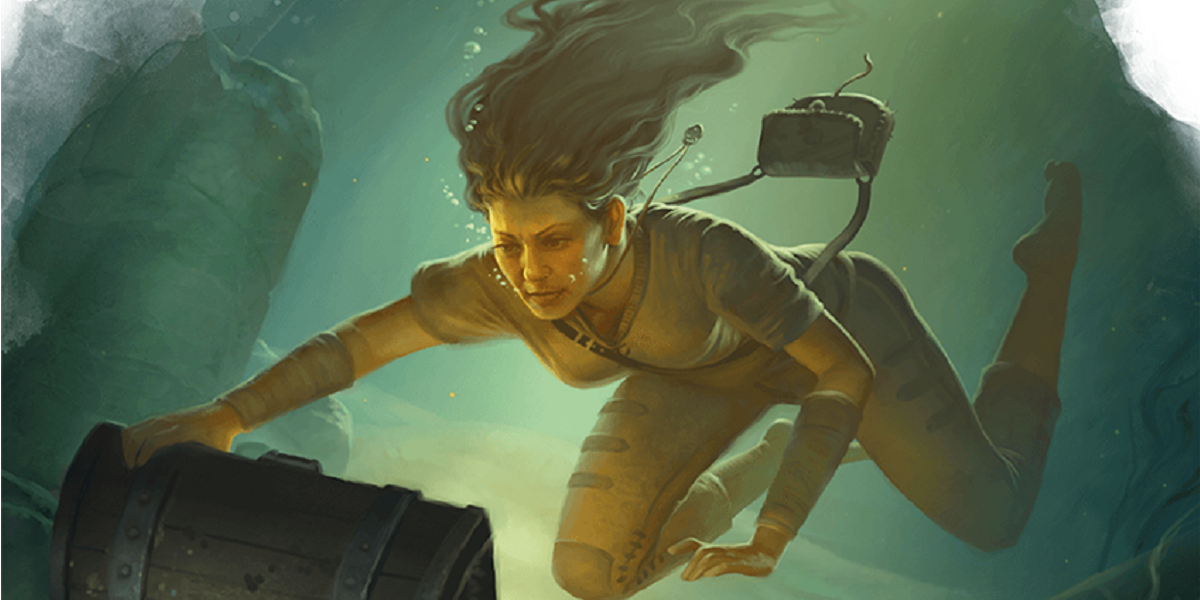
This a great way to throw in a plot point. The puzzle is about finding the correct pages in journals, putting them in the right order, and uncovering a truth of some sort. One way to play this is: soldiers of some battle left notes which can be found on their bodies. The players discover the truth about that battle by finding and ordering the notes (e.g. the soldiers were betrayed or something of that nature).
How the DM wants to use this is up to them, but likely it should tie into some restless spirit haunting a place or person. Learning the truth will vindicate the restless spirit and allow the true villain to be punished.
4 That F****** Map
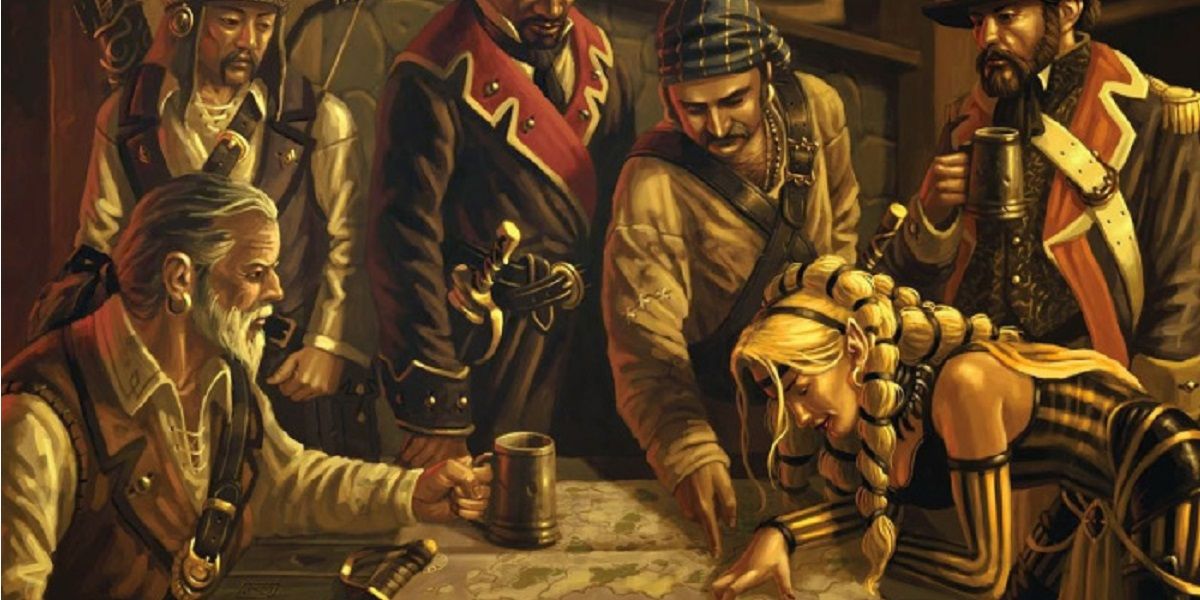
The party will encounter a map which displays a dungeon in some detail but most of the writing is illegible. After deciphering the legible text only certain words can be read. Using these words alone the party must figure out where the traps are in the dungeon and where the treasure is.
This will force the players to consider the context of the words used and can be a lot of fun when the words have multiple meanings. The DM can get especially creative with this: what if the map can only be read correctly if it is folded in certain ways? This puzzle is versatile.
3 Show And Tell
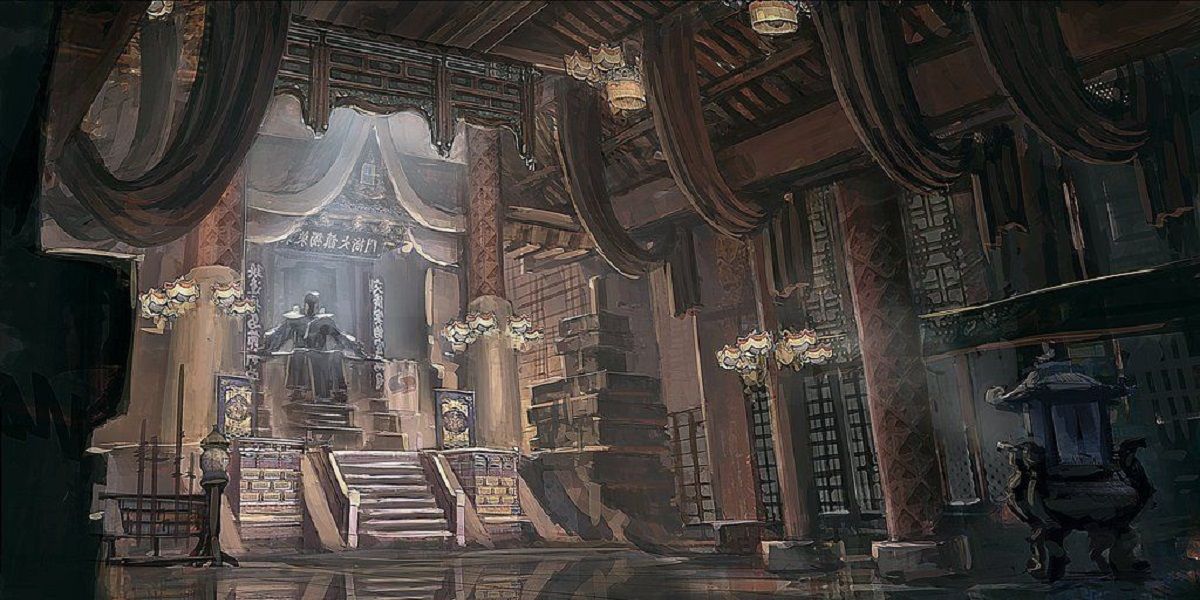
This is one of the funnier puzzles and the DM equivalent of a dad joke. Its premise is that there is a sentence written someplace prominent in the puzzle room and a large face carved from stone is staring at the words written with glowing eyes. Maybe if the DM is particularly petty there could be some items that are related to the sentence in the room but have nothing to do with the puzzle. The sentence will be "Show Me Only X", X being whatever the DM wants to put in the slot.
An example is "Show Me Only Wealth", and throughout the room, there are forms of wealth. To solve the puzzle the players must cover up the sentence with the exception of the X (in this case, the word "wealth"). In that way they are doing as the sentence asks, as they are showing the stone face only wealth.
2 Moving Maze
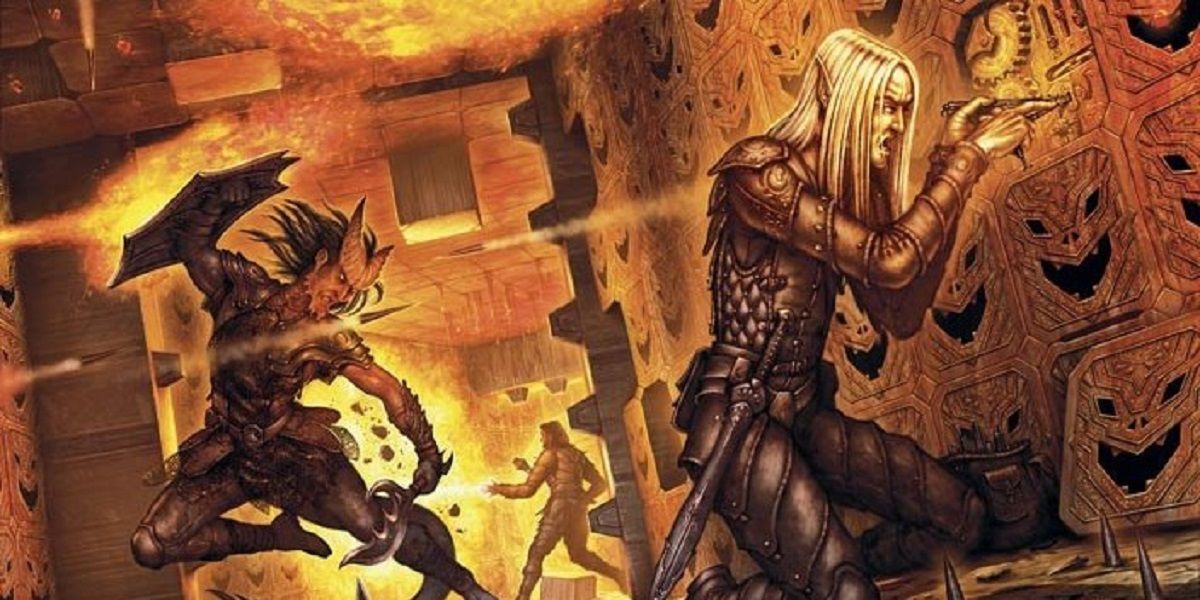
The DM sets up a series of mini mazes. The mini mazes are as big as the DM feels is necessary, but it's advised that 3x3 squares work best. The mini mazes rotate about in a larger maze, involving 3x3 mini mazes each made of 3x3 squares.
The players have a set amount of turns before the maze shifts. There is only one rotation and position that will allow them to progress forward. The players must time their movement through the maze and their position accurately to get out.
1 Long Distance Statues
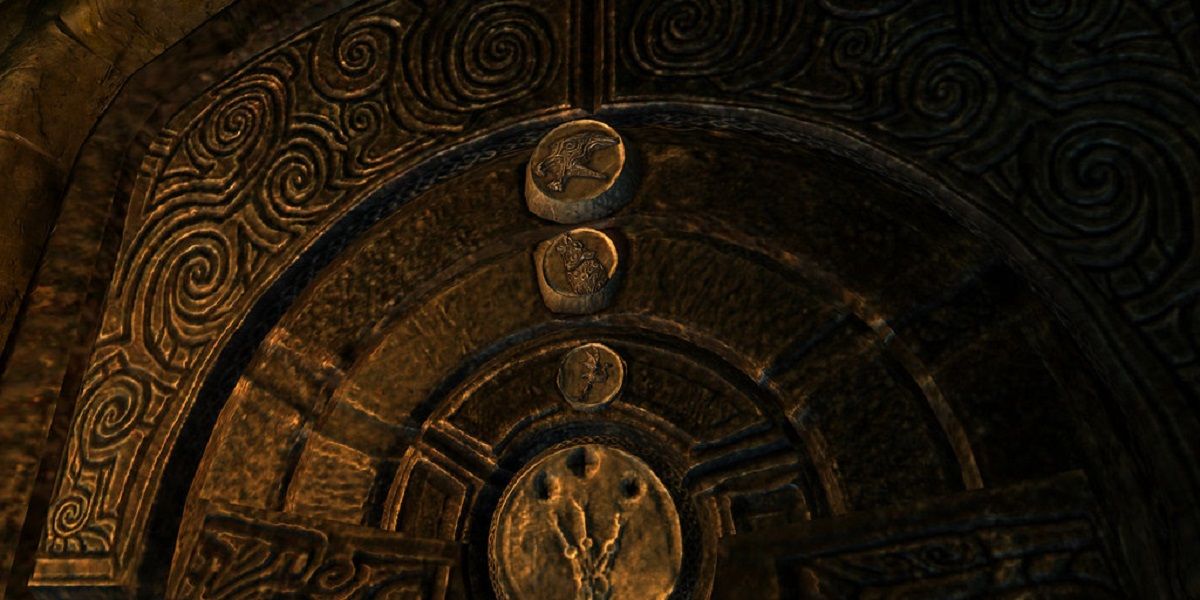
In two different places in the Dungeon there should a room of statues and another room with a door covered in symbols. The statues should correlate to the symbols on the door, and they must be aligned in the statue room to match the design the door displays. Move the statues in one room to the appropriate spots and it will unlock the other room's door.
This a straightforward puzzle, but can be scaled based on the symbols and statues the DM chooses to use. It can be obvious with letters and creatures which have to be aligned or more difficult with allegories and images.
0 Comments